Best Practices for Operating Plastic Pipe Packaging Machines
The Best Practices for Operating Plastic Pipe Packaging Machines guide provides comprehensive instructions and procedures for efficiently and effectively operating plastic pipe packaging machines. By adhering to these best practices, operators can optimize machine performance, ensure product quality, reduce downtime, and enhance safety.
Proper Machine Setup
Verify Proper Installation and Alignment: Ensure the machine is installed on a level surface and that all components are properly aligned to prevent misfeeds and jams.
Adjust Rollers and Feeders: Calibrate the rollers to provide the correct tension on the plastic pipe and adjust the feeders to ensure smooth and consistent pipe feeding.
Configure Machine Settings: Set the machine parameters, including speed, temperature, and pressure, according to the manufacturer’s specifications and the specific type of plastic pipe being packaged.
Material Handling and Loading
Inspect Pipe for Defects: Ensure the plastic pipe is free from any defects, such as cracks, scratches, or bulges, which could compromise the packaging integrity.
Proper Material Loading: Load the plastic pipe into the machine carefully, avoiding any excessive force or bending that could damage the pipe.
Maintain Tension: Monitor the pipe tension throughout the packaging process to prevent slippage or breakage.
Machine Operation and Monitoring
Start and Stop Sequence: Follow the manufacturer’s instructions for starting and stopping the machine to avoid accidents or damage to the equipment.
Regular Machine Monitoring: Regularly monitor the machine’s operation, including temperature, pressure, and any other relevant parameters, to detect any potential issues early on.
Error Troubleshooting: Respond promptly to any error messages or alarms generated by the machine to minimize downtime and prevent further damage.
Quality Control and Inspection
Regular Product Inspection: Inspect the packaged products at regular intervals to ensure they meet the required specifications and quality standards.
Document Inspections: Maintain records of product inspections, including any defects observed and corrective actions taken.
Calibrate Measuring Equipment: Calibrate any measuring equipment used for quality control, such as gauges or scales, to ensure accuracy and consistency.
Safety and Maintenance
Follow Safety Guidelines: Strictly follow all safety guidelines and wear appropriate personal protective equipment (PPE) while operating the machine.
Regular Maintenance Schedule: Establish a regular maintenance schedule to inspect and replace worn or damaged parts, lubricate components, and clean the machine to maintain optimal performance.
Train Operators: Train operators thoroughly on the safe and efficient operation of the plastic pipe packaging machine, including all emergency procedures.
-
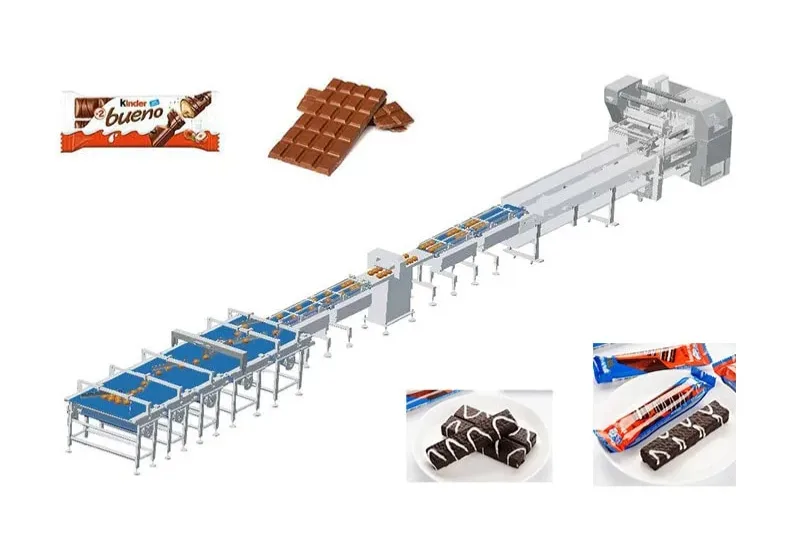 01
01High-Quality Pillow Packing Machine Solutions for Modern Production Needs
11-09-2025 -
 02
02Reliable Packaging Solutions from Leading Factories
11-09-2025 -
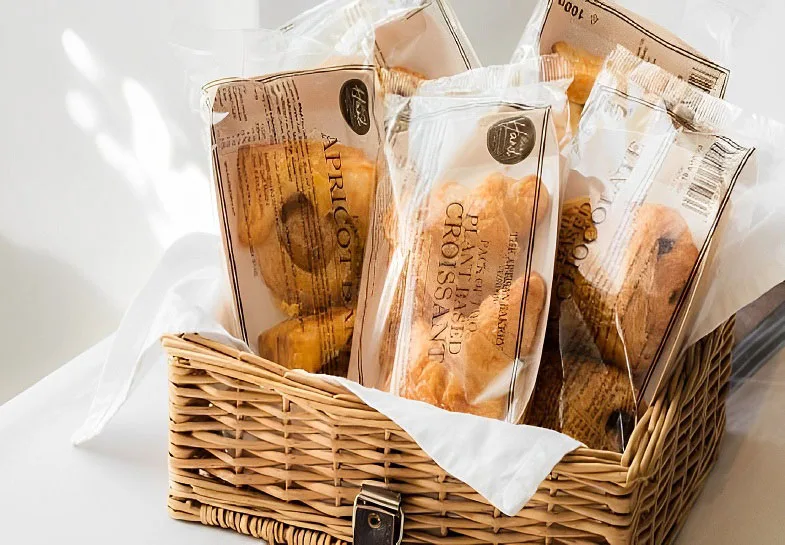 03
03High-Quality Packaging Machines from China
11-09-2025 -
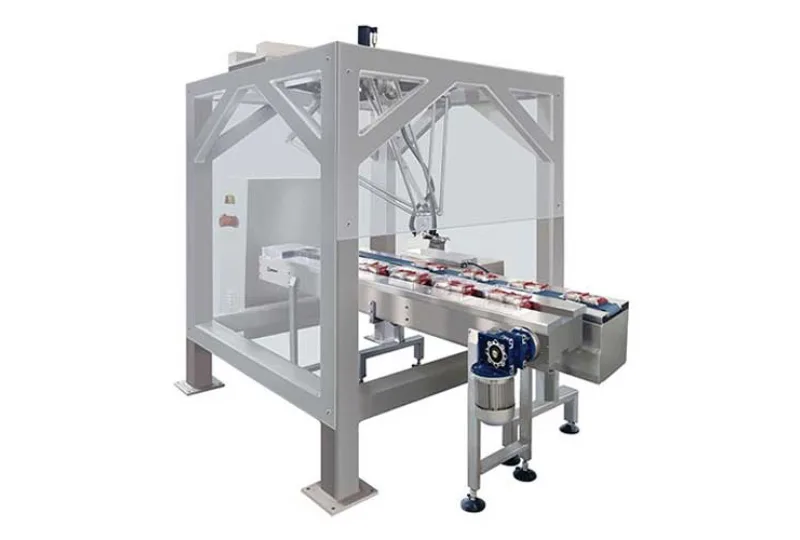 04
04Advanced Packaging Solutions for Dry Fruits and Multipack Applications
05-09-2025 -
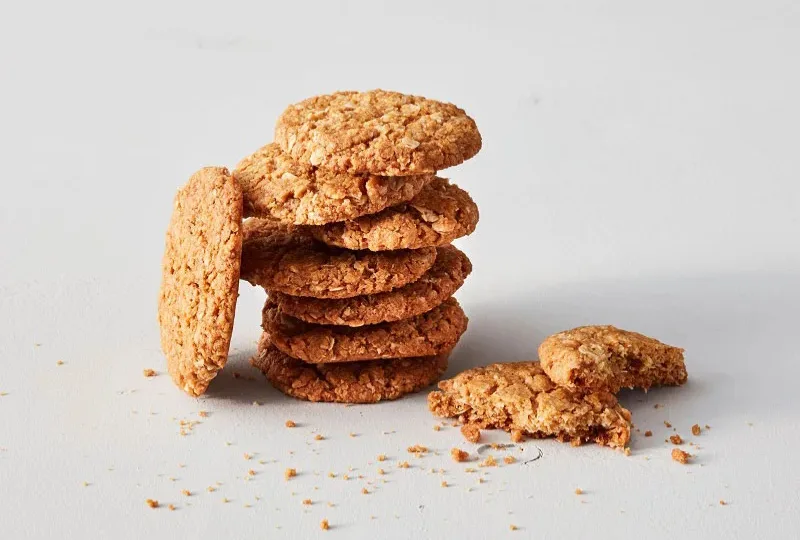 05
05Enhancing Production with Automated Food Packaging Machinery
05-09-2025 -
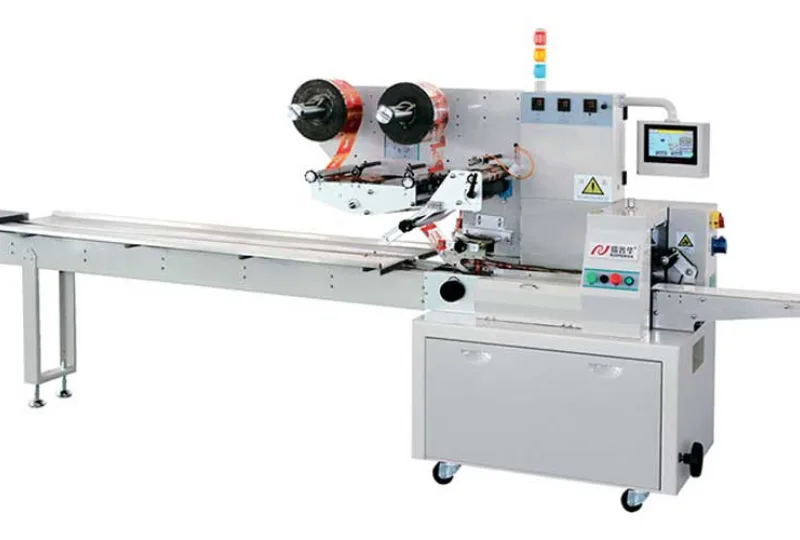 06
06Automatic Food Packaging Machines Driving Efficiency in the Food Industry
05-09-2025 -
 07
07Ultrasonic Cutting Toast Packaging Machine: Principles, Features, and Specifications
26-08-2025 -
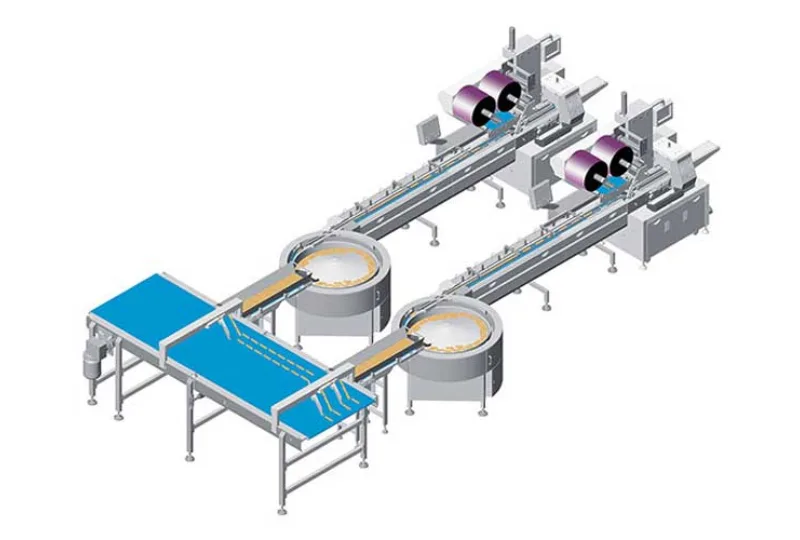 08
08Innovative Packaging Solutions for Cookies, Candy, and Bakery Products
21-08-2025 -
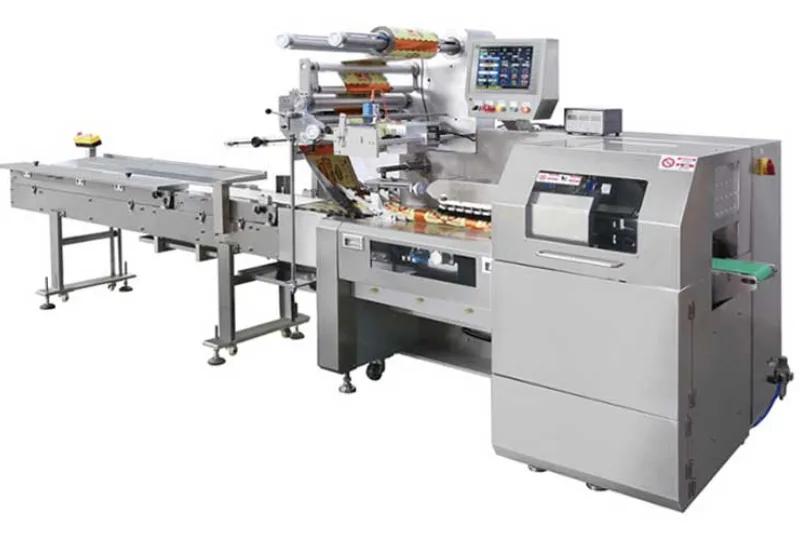 09
09Reliable Food Packing Machinery from a Trusted Manufacturer in China
21-08-2025 -
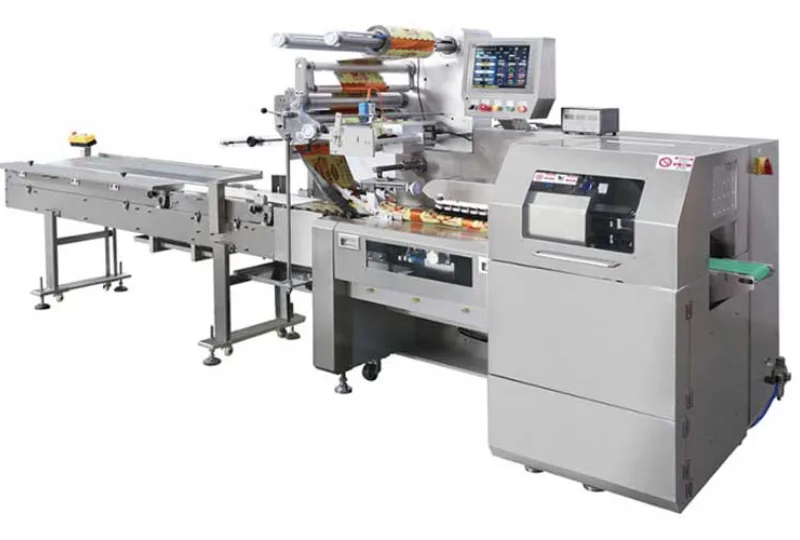 10
10Advanced Packaging Solutions for Chocolate and Bakery Products
21-08-2025






